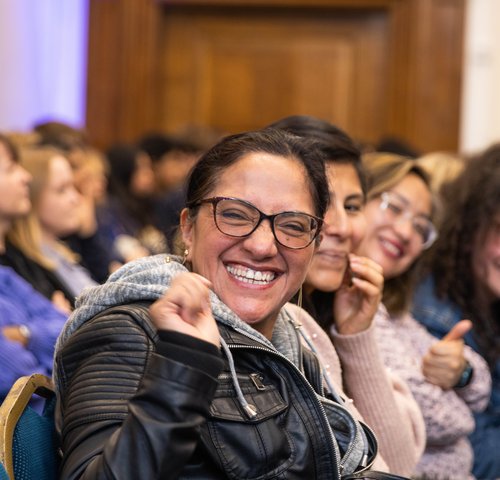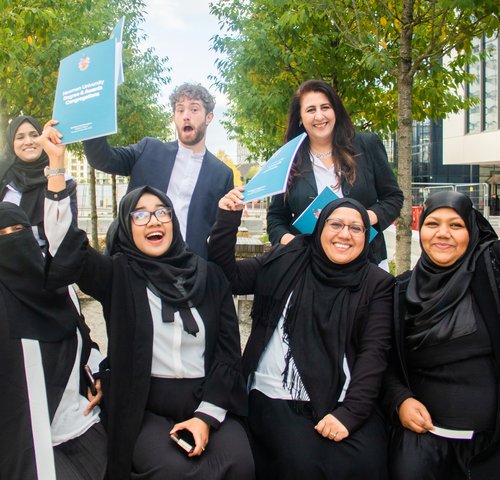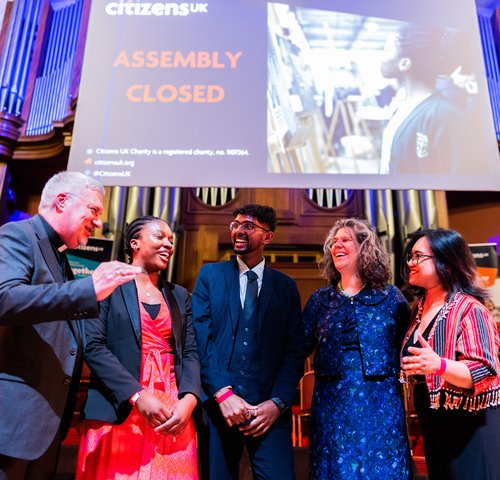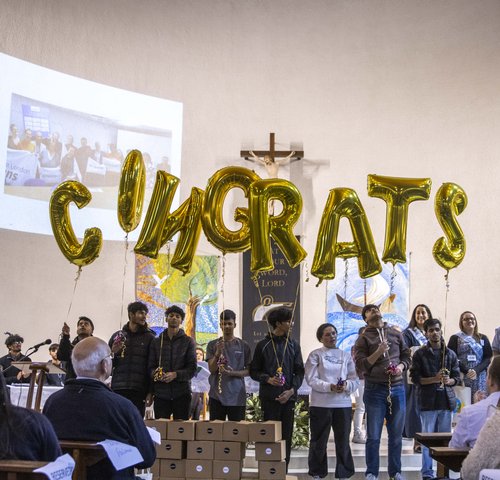Sink or swim
EVERYDAY PEOPLE MAKING CHANGE
EPISODE 3: SINK OR SWIM
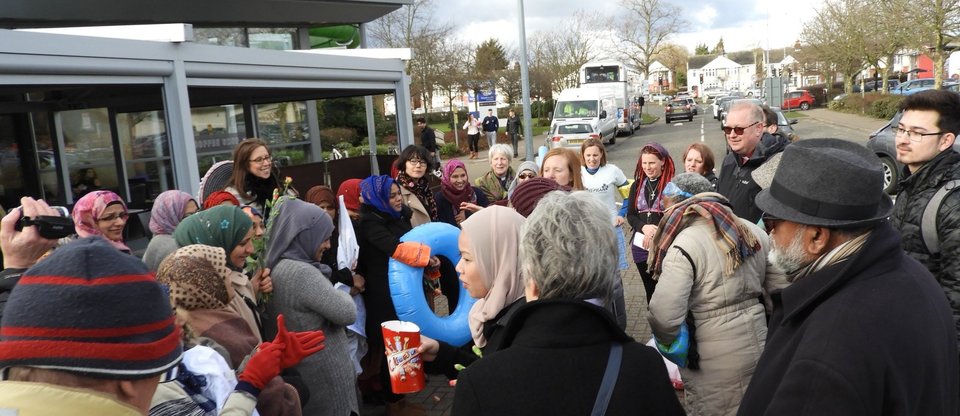
To sink or to swim? That was the (pretty literal) choice everyday people in Essex had to make. Join us as Colchester's campaigners dive into the creative actions they took at their local swimming pool...from donning swim gear, to serenading Leisure World execs with love songs and Valentines' cards.
Guests Caroline Beckett and Caitlin Harland tell the story of how communities being 'relational, not confrontational' were able to win a safer, more accessible all-women swimming group. We unpack the impact this had for women affected by trauma or other forms of exclusion, and why it matters that different people come together to champion equal access to participation in daily life.
TW: References to trauma, sexual assault.
Click the share button on the player above to download this episode, share it on social media and subscribe on your favourite listening platform.
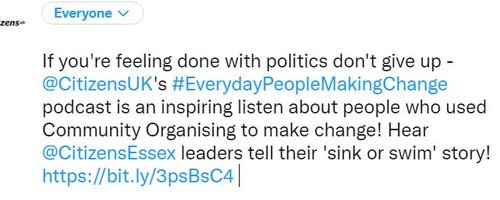
Show notes and further reading
Challenge, Choice, Change
Challenge, Choice, Change was a concept first used by Community Organising veteran, Marshall Ganz. You can read more about the use of this framework here.
In Sink or Swim, members of Essex Citizens faced a challenge. There was no where in the community that offered an all-women swimming space, meaning many were missing out on the possibility of going swimming. This excluded women who couldn't swim or change in front of men for cultural reasons, as well as those with body image issues, older women, women who were self-conscious about their appearance or scarring, and survivors of sexual assault who didn't feel safe in a mixed environment. It also excluded the children of many of these women. There were practical challenges to creating an all-women space; one pool said it would be impossible, and another two said it would be too expensive to implement.
So, Essex Citizens leaders made a choice - to take action. The still-forming alliance made a petition and ran a listening campaign which showed the issue was affecting a wide range of women, many of whom had powerful and moving testimonies. They chose to be relational not confrontational; rather than participating in an angry protest their action outside Leisure World was creative and playful.
And they won! Women could physically swim in the change they made. Many women had been developed as leaders and the alliance itself had formed stronger relationships. They won sessions which were set at an appropriate time and at a subsidised price, with women able to access secluded space being and after the sessions for complete privacy. They also were allowed to install velcro to screen off the pool area. They recruited female lifeguards - one of whom said the first session was one of the best she'd ever been to. 90+ women and their children attended. One woman learned to swim on her back for the first time and she said she felt free. These leaders went on to be active in other campaigns.
The 5 Steps to Social Change
The 5 Steps are a framework commonly used in Community Organising and across Citizens UK. Following these steps can help civil society leaders make change on the issues that matter to them.
The best way to start Organising and practising these steps is by joining Citizens UK as a member. You can also join one our many leadership training programs - from free, online webinars, to immersive three and six day accredited Community Leadership courses.
In Essex, the community began organising by developing a team of leaders who were driven to push the campaign forward and did community organising training. They also built a diverse alliance of institutions.
In the next phase; listen, they held a listening workshop at Essex University, where they identified a large number of issues that mattered to people. The issue of women being excluded from swimming was brought up a lot. So, the team tested this issue by conducting further house meetings, 121s and with a petition. The data was clear - many women across the community were affected by this issue.
So they began to plan and strategise. Having identified the issue they wanted to work on, they did a power analysis to work out how best to grab the attention of Leisure World - they key swimming pool they were targetting. Despite numerous letters and emails, they were ignored by Leisure World. So, the began to strategise for action. A key part of the planning phase was negotiating internally before taking action, to ensure members were in agreement about the finer details of the asks they were to present.
Once the alliance was united in its asks, they took action. Leaders put on a swimming-themed action outside Leisureworld. 50+ people attended, some with inflatables, others wearing swimming gear over their clothes. They played water games, sang songs, shared testimony, and - as it was Valentine's Day, delivered a card to the Leisure World Chief Executive and a key decision maker from the local authority.
This action got a reaction, and the leaders entered into a series of negotiations. They met with 3 key Leisure World players. Whilst the negotiations were tough, the leaders felt they shocked Leisure World with their numbers and diversity. They demonstrated power. And this played a huge role in them winning the change they did.
See our reading recommendations below for more information on each of the five steps.
STEP 1: ORGANISE
How to Build a New Citizens Alliance
How to collect annual membership dues: a guide for leaders and organisers
Mike Gecan on one to one meetings
Recruiting members through one to ones
Why we never go where we're not invited
STEP 2: LISTEN
Twelve steps to plan an effective listening campaign
Developing people through listening
How to do listening through House Meetings
How to do listening through Neighbourhood Walks
Template flyer based on a Listening Campaign
Template plans for Listening Campaign
STEP 3: PLAN
Developing an effective strategy to achieve change
Leadership Development Table - Tracking your development and that of others
Qualities and Habits of leaders who organise effectively
STEP 4: ACT
A story of action: Tesco and the Living Wage
Guide to turnout by Nottingham Citizens
STEP 5: NEGOTIATE
Dilraj is joined for this episode by Peter Brierley and Alistair Rooms, from the Senior Guild of Community Organisers at Citizens UK.
They discuss the maxim: "If you don't have a seat at the table, you are probably on the menu". You can find this section at 45:46.
You can find out more about our leadership training opportunities here.
In this episode, Jason explores equality of opportunity versus equality of outcome, and gender dynamics in social change, through the lens of the all-women Swimming campaign.
You can find this section at 55:50.
